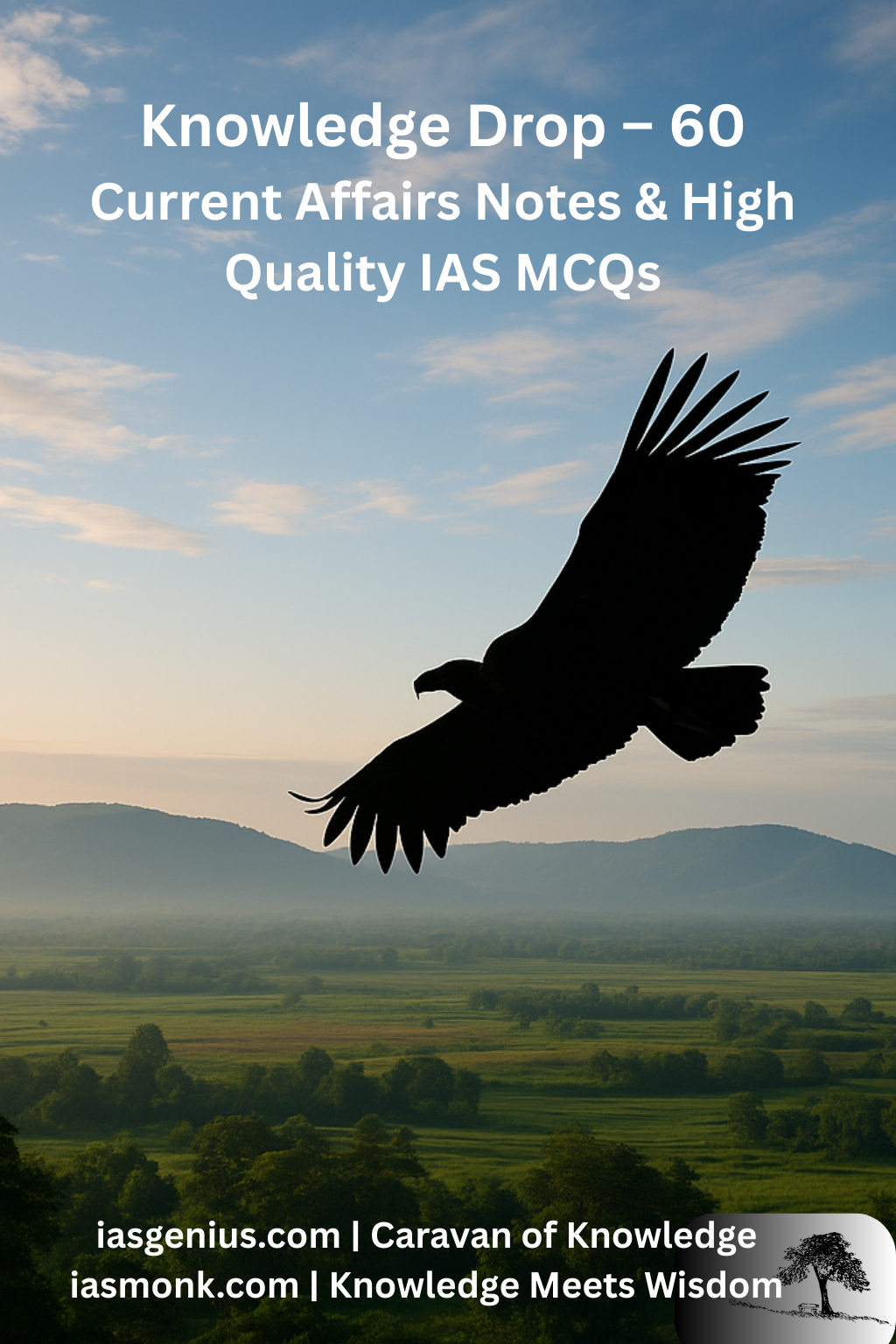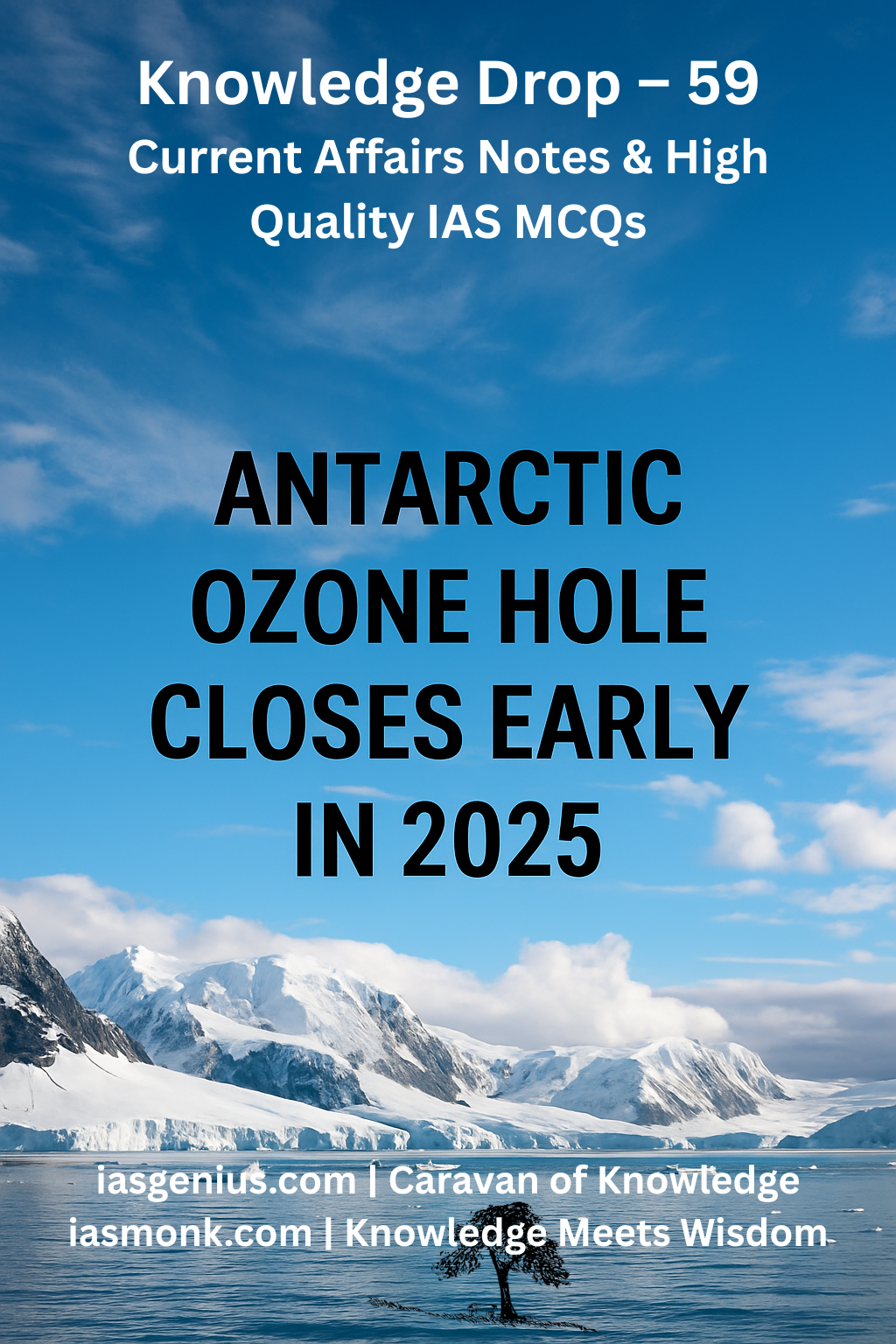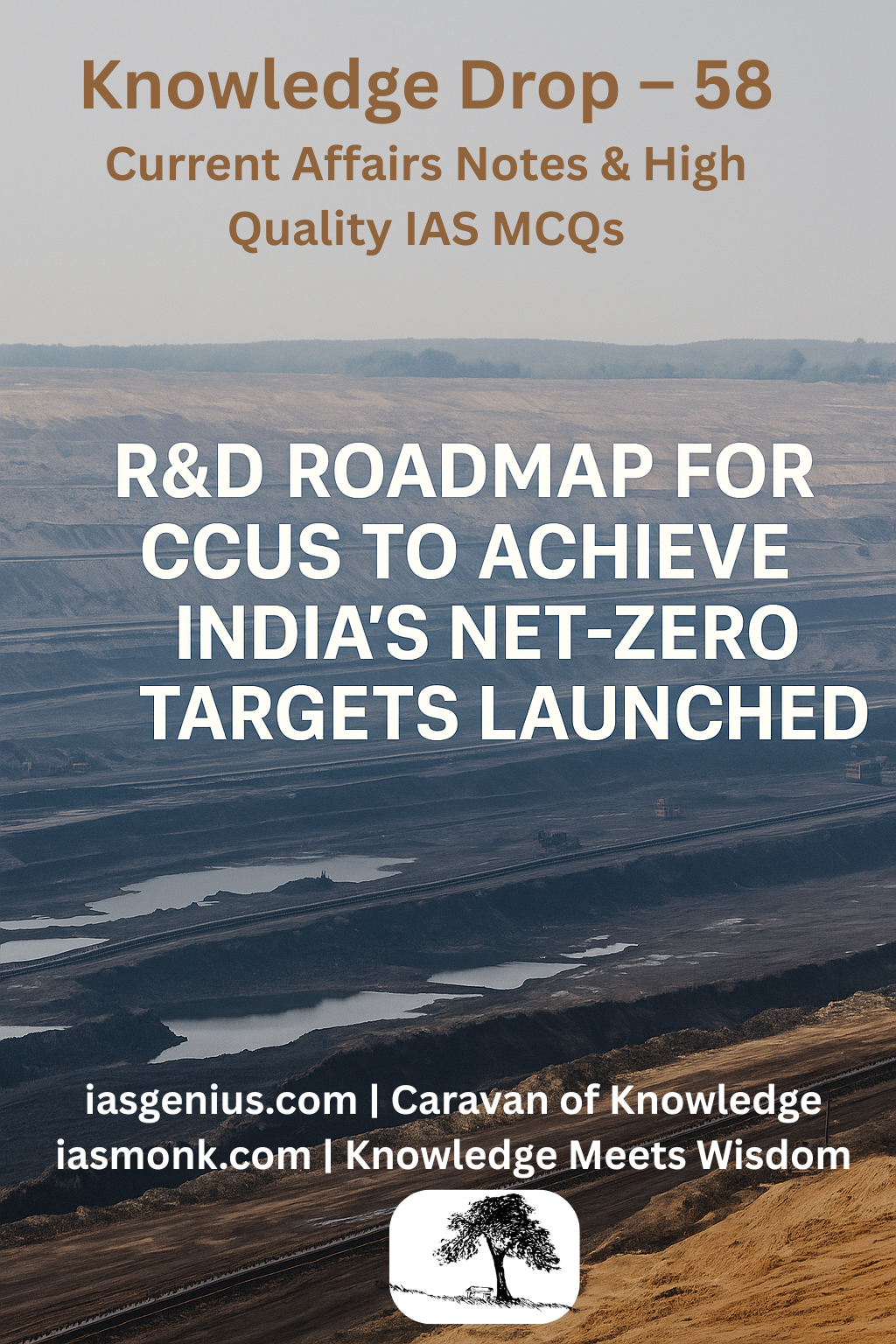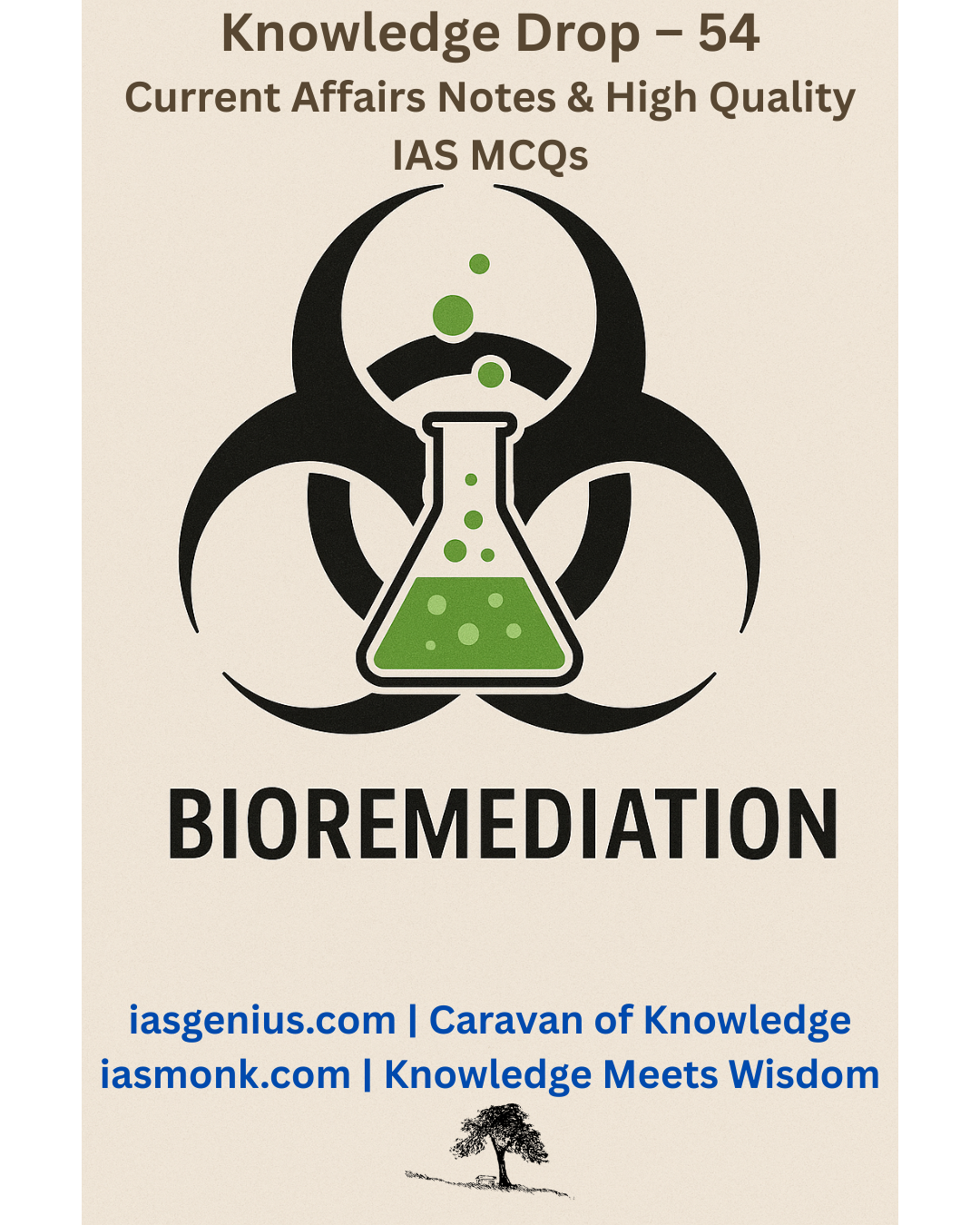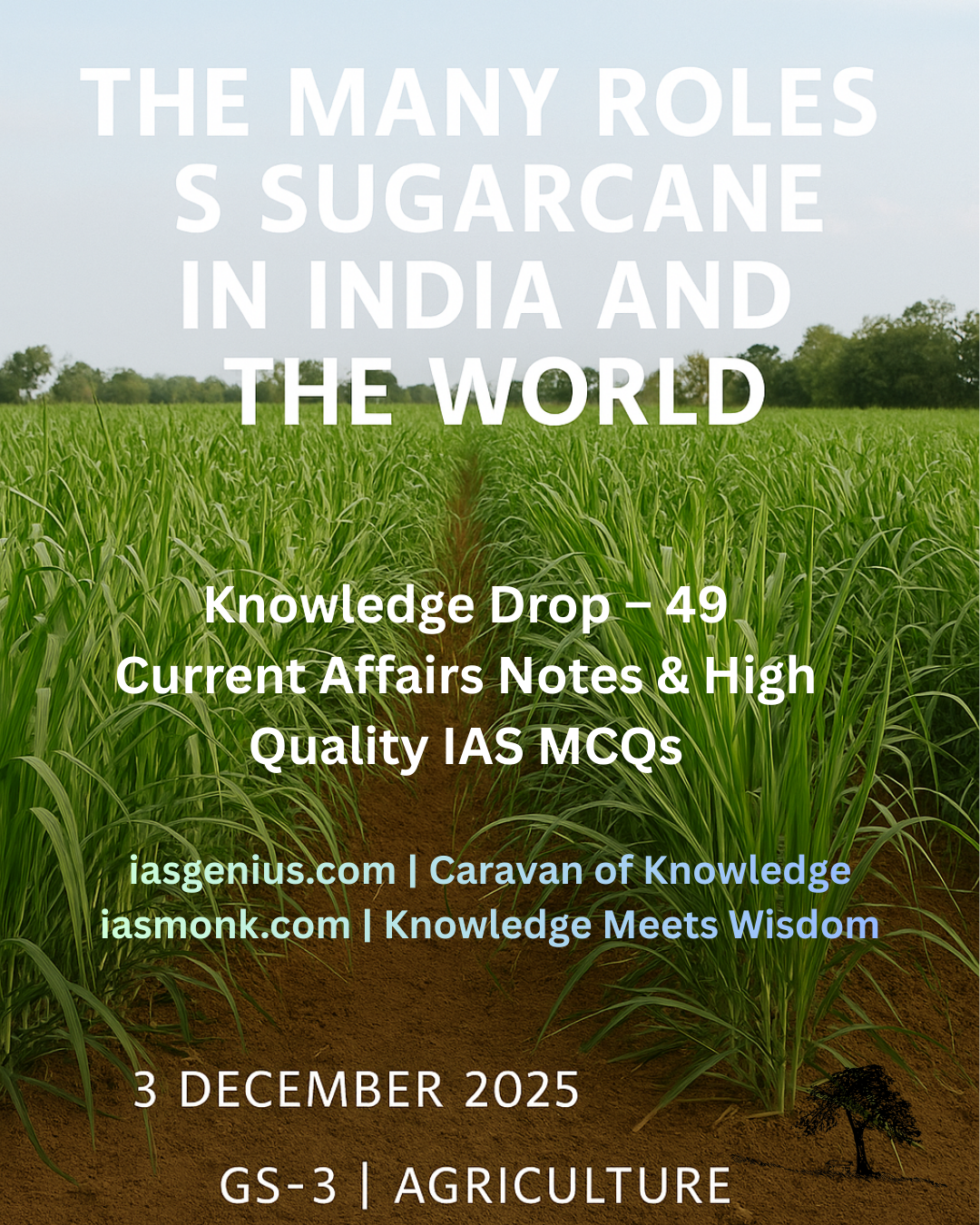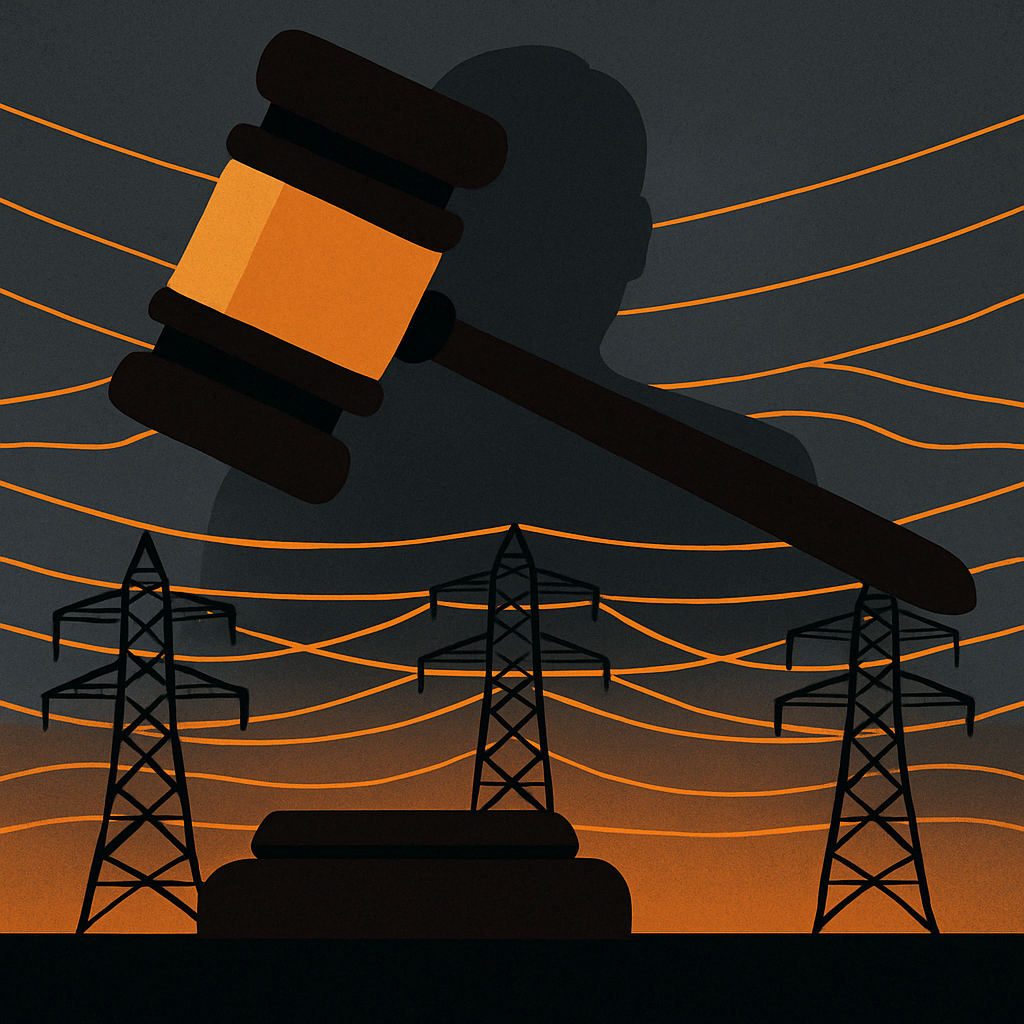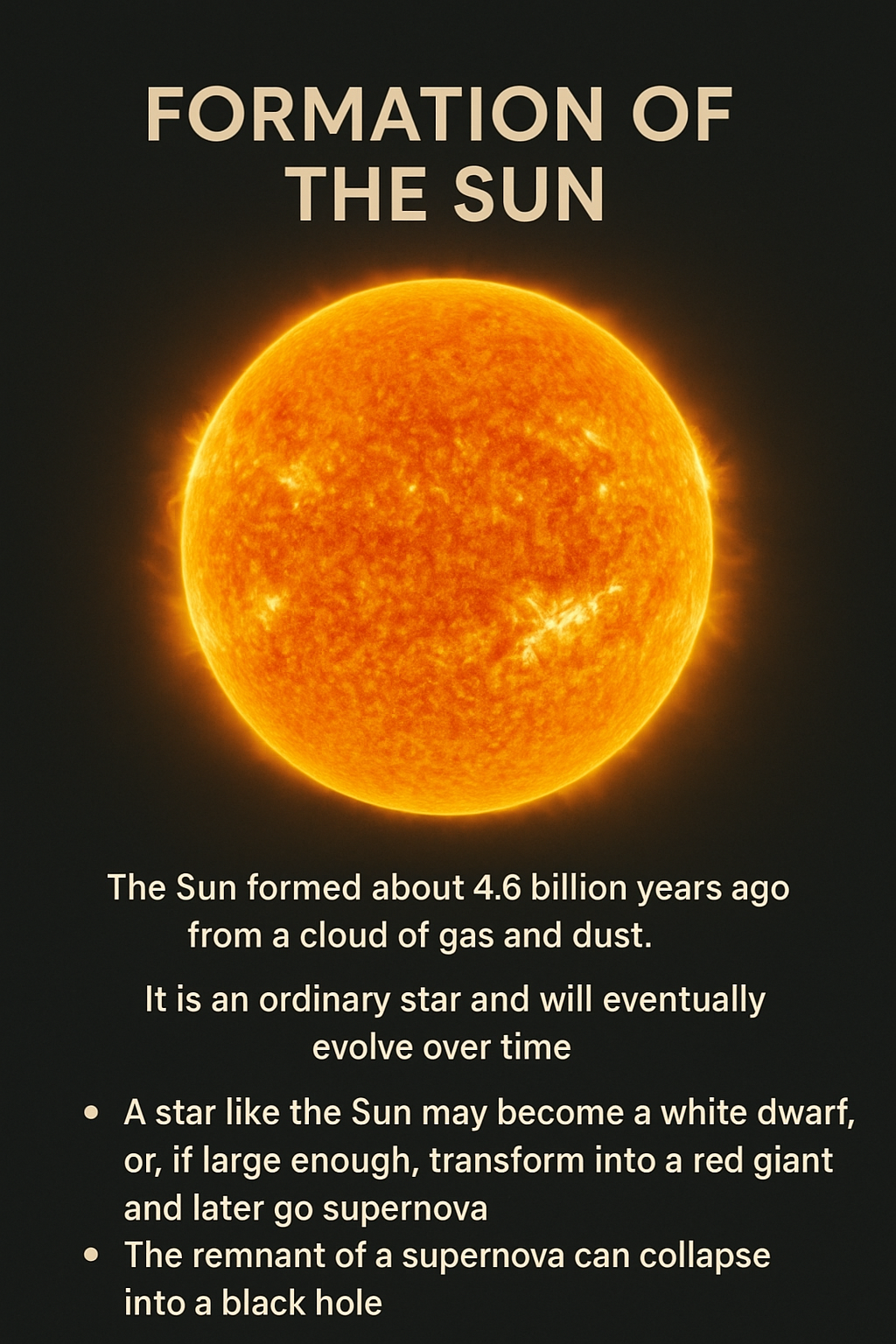
📅 May 2, 2025, Post 3: 🌞 Where the Sun Breathes Beneath Its Skin |Mains Essay Attached | Target IAS-26 MCQs Attached: A complete Package!
🌞 Where the Sun Breathes Beneath Its Skin

INTERNATIONAL HERO — PETAL 024
📅 May 2, 2025
Thematic Focus: Science & Technology – Space Science, Astrophysics, Helioseismology
🌿 Opening Whisper
The Sun does not burn — it beats, it breathes, and it remembers.
🔍 Key Highlights
• A new study by astronomers at the Indian Institute of Astrophysics (IIA) has uncovered dynamic plasma flow patterns beneath the Sun’s surface, using helioseismology.
• These subsurface tides follow the Sun’s 11-year sunspot cycle, offering insights into how space weather may be influenced from below.
• The region probed is the Near-Surface Shear Layer (NSSL) — ~35,000 km deep — where the Sun’s rotational behaviour changes with depth.
🔄 What the Study Found:
- Plasma moves toward sunspot latitudes near the surface, but reverses direction midway, flowing outward — forming circular circulation cells.
- These cells are influenced by Coriolis force and rotational shear — the rate at which the Sun’s rotation varies with depth.
- However, these surface-level flows do not explain deeper, global flows (torsional oscillations), hinting at deeper, unknown solar dynamics.
🌦️ Implications:
• Such studies will enhance solar activity forecasting and help predict space weather, protecting satellites, power grids, and communication networks on Earth.
🧠 Concept Capsule
🔸 What is the Solar Cycle?
• The Sun behaves like a giant magnet, with north and south poles that flip every ~11 years.
• This cycle includes solar maximum (more sunspots, higher energy) and solar minimum (fewer sunspots, relative calm).
🔸 Sun: A Star with a Lifeline
• The Sun is an ordinary main-sequence star formed from a collapsing gas cloud ~4.6 billion years ago.
• After billions of years, it will expand into a Red Giant, shed its outer layers, and become a White Dwarf.
• Massive stars, however, end in supernova explosions, sometimes leaving behind neutron stars or black holes.
📘 GS Paper Mapping
Prelims:
• Sunspot Cycle, Solar Maximum/Minimum
• Helioseismology, Near-Surface Shear Layer (NSSL)
• Space Weather, Solar Magnetic Field
Mains:
• GS III – Science & Tech – Awareness in Space Science
• GS I – Geography (Geomagnetism, Solar-Earth interactions)
• GS III – Disaster management (Space-based disruptions)
🔮 A Thought Spark — by IAS Monk
The heart of the Sun does not rest — it pulses through time, whispering storms into the silence of space.
High Quality Mains Essay For Practice :
Word Limit 1000-1200
The Sun Does Not Burn — It Breathes and Remembers
“The Sun, with all those planets revolving around it, and dependent on it, still can ripen a bunch of grapes as if it had nothing else in the universe to do.”
— Galileo Galilei
For millennia, civilizations worshipped the Sun as a god. It was seen as fire eternal, the blazing orb that governed life and time. But modern science has unraveled something far more astonishing: the Sun is not a silent, burning sphere, but a dynamic, breathing being, pulsing with rhythms deeper than we ever imagined. The latest study by the Indian Institute of Astrophysics (IIA) reveals a spectacular hidden layer beneath the Sun’s skin — giant plasma flows in the near-surface shear layer (NSSL), shifting with the heartbeat of the Sun’s 11-year cycle.
This is not just astrophysics. It is a portal into space weather, Earth’s vulnerability, and the nature of stars — including our own destiny in the cosmos. When we listen to the Sun through the waves it sings, we learn not just about the heavens, but also about ourselves.
Peering Beneath the Surface: The NSSL and Helioseismology
The Sun’s surface appears deceptively calm. But beneath this skin lies a region of sheer dynamism — the Near-Surface Shear Layer (NSSL), extending to about 35,000 km in depth. It is here that solar plasma churns and swirls in patterns that mirror — and sometimes contradict — the rhythms we see on the surface.
The study used a remarkable technique called helioseismology, which tracks sound waves that travel through the Sun’s body. Like seismologists mapping Earth’s interior using earthquakes, astrophysicists can now understand solar dynamics by studying how these waves bounce, bend, and echo.
What they found is remarkable: plasma flows in the Sun’s outer shell form circular cells, influenced by the Sun’s rotation and the Coriolis force. Near the surface, the plasma moves toward the sunspot belts, where solar magnetic activity peaks. But midway through the NSSL, the flow reverses direction, moving away from those belts. This curious U-turn gives rise to circulation cells — hidden whirlpools within the Sun.
The Pulse of the 11-Year Solar Cycle
These plasma currents are not static. They change direction and speed over the 11-year solar cycle, the same rhythm that governs the birth and decay of sunspots. During solar maximum, the Sun is hyperactive — sunspots, solar flares, and coronal mass ejections abound. During solar minimum, it retreats into a quieter state.
The correlation between these subsurface flows and sunspot cycles suggests that the Sun’s surface behaviour is intricately tied to its inner weather. Yet, as profound as these findings are, they don’t fully explain deeper phenomena like torsional oscillations — massive wave-like motions rippling through the Sun’s interior. This hints at a deeper mystery, perhaps powered by hidden forces in the Sun’s convective core or magnetic dynamo.
The Sun and Its Magnetic Memory
At the heart of this dynamism is magnetism. The Sun’s magnetic field is generated by the movement of electrically charged particles within. Roughly every 11 years, the poles flip completely, marking a new phase in the solar cycle. It’s like a giant magnet turning inside out — a transformation with consequences that ripple across the solar system.
These magnetic shifts are not abstract. They cause real events — solar flares, geomagnetic storms, and even auroras on Earth. They interfere with satellites, GPS, communication systems, and power grids. In an era dependent on digital infrastructure, the Sun’s breath can disrupt economies.
The IIA study brings us closer to predicting such disruptions, by identifying the plasma currents that precede major surface activity. In a sense, we are learning to forecast the moods of the Sun.
Sun: A Star Among Stars
While we treat the Sun as unique — and rightly so, for it is our only star — it is, by astrophysical standards, an ordinary main-sequence star. Formed 4.6 billion years ago from a collapsing cloud of gas and dust, it has spent most of its life fusing hydrogen into helium at its core.
Eventually, the hydrogen will run out. The Sun will swell into a Red Giant, possibly engulfing Mercury and Venus. Then, it will shed its outer layers, leaving behind a White Dwarf — a dense, cooling remnant that will fade over billions of years. For stars more massive than the Sun, the journey ends in supernovae, and sometimes black holes.
So, in observing the Sun’s present, we glimpse the fate of stars — and the timeline of the cosmos itself.
The Science of Listening to Stars
What makes this study particularly beautiful is the method: listening. Helioseismology doesn’t photograph or dissect. It listens to vibrations, to pressure waves — like listening to the ocean through a conch. It reminds us that science is not always about force, but sometimes about resonance, patience, and interpretation.
It also reflects a deeper truth: that all things pulse. From the electron to the elephant, from the breath of a monk to the heartbeat of a star — the universe moves not in silence, but in rhythm.
Implications for Earth and Humanity
Understanding the Sun’s internal mechanisms has direct practical applications. Space weather events — driven by solar activity — can cause satellite failures, affect aviation routes, interfere with radio communication, and even black out power grids, as happened in Quebec in 1989.
This study takes us a step closer to real-time solar forecasting. Imagine a future where we can warn satellite systems or power plants days in advance of incoming geomagnetic storms. Such capabilities would protect infrastructure, defense systems, and even astronauts aboard space stations.
Conclusion: The Breathing Star
In the end, the Sun does not simply burn. It pulses with memory, swirls with magnetism, and sings a song of matter and light. It is both a furnace and a clock — marking time, stirring tides, and shaping destinies.
The study by Indian scientists is not just a contribution to solar science; it is a reminder that stars are not faraway flames. They are living laboratories, and in understanding them, we come closer to understanding ourselves — beings of light, bound to cycles, seeking harmony.
“The Sun, with all those planets revolving around it, and dependent on it, still can ripen a bunch of grapes as if it had nothing else in the universe to do.”
— Galileo Galilei
Target IAS-26: Daily MCQs :
📌 Prelims Practice MCQs
Topic: Global Financial Reforms and Sustainable Development Goals
MCQ 1 — Type 1: How many statements are correct?
Q. Consider the following statements about recent findings on the Sun’s near-surface shear layer (NSSL):
1.The plasma flow near the Sun’s surface moves toward sunspot latitudes but reverses midway through the NSSL.
2. Helioseismology, used in the study, relies on tracking high-energy particle emissions to map solar interiors.
3. Circulation cells in the Sun’s subsurface layers are influenced by both the Sun’s rotation and the Coriolis force.
4. These near-surface plasma flows fully explain torsional oscillations seen deep in the Sun’s interior.
How many of the above statements are correct?
A) Only two
B) Only three
C) All four
D) Only one
🌀 Didn’t get it? Click here (▸) for the Correct Answer & Explanation.
✅ Correct Answer: A) Only two
🧠 Explanation:
• Statement 1 is correct — flow reversals were observed in the NSSL.
• Statement 2 is incorrect — helioseismology tracks sound waves, not high-energy particles.
• Statement 3 is correct — both rotation and Coriolis force influence circulation.
• Statement 4 is incorrect — these flows do not fully explain deeper torsional oscillations.
MCQ 2 — Type 4: Direct factual
Q. Which of the following phases of the solar cycle is characterized by maximum sunspot activity and solar flares?
A) Solar Null
B) Solar Minimum
C) Solar Transition
D) Solar Maximum
🌀 Didn’t get it? Click here (▸) for the Correct Answer & Explanation
✅ Correct Answer: D) Solar Maximum
🧠 Explanation:
• Solar Maximum is the peak of the 11-year solar cycle, marked by high sunspot count, solar flares, and increased space weather activity.
• Solar Minimum is the quiet phase with fewer sunspots and reduced solar output.
• Options A and C are not technical terms.


